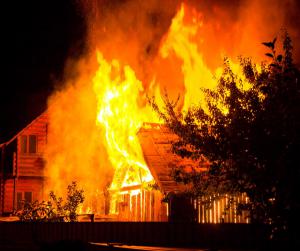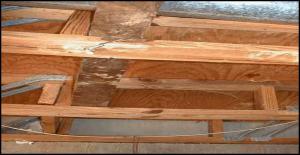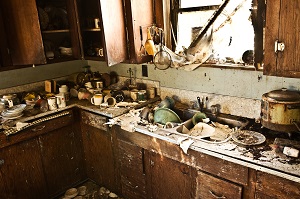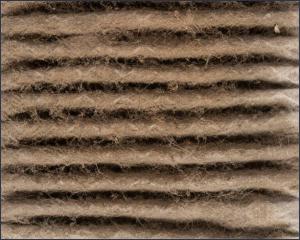Excessive storage takes up the free space meant for food preparation, eating, sleeping, socializing, and living. Walls, floors, and surfaces disappear beneath the piles making it impossible to clean and sanitize. Utilities may not have proper clearances; and toilets, bathtubs, and showers can be inaccessible or not work properly leading to a more unsanitary living space. Structures filled with excessive possessions face severe fire hazards and structural concerns.





